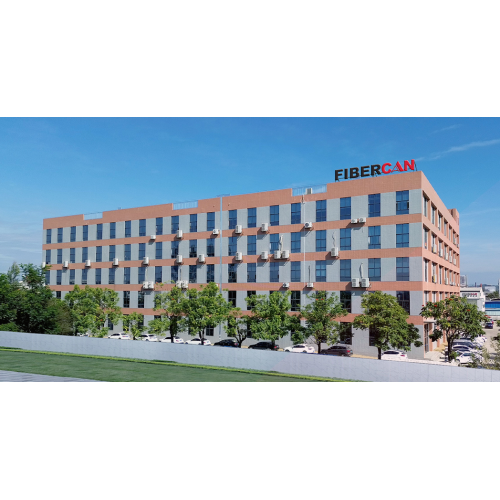With the development of technology, the requirements for fiber loss are becoming more and more strict. The 10G network requires the total fiber link loss to be controlled below 2.6dB, while the 10M and 100M network fiber loss requirements are relatively loose, which is relatively This makes it almost easy to implement a fiber link in the original network. However, if the rate is increased to 1G and 10G, the original minimum loss may not be suitable for new applications. Fiber testing is required to quantify the loss parameters to determine whether the standard requirements can be supported. In addition, high-speed networks also impose requirements on the fiber itself. Optical cables are also divided into different categories. In order to increase the rate, the fiber itself needs to support higher mode bandwidth, especially for multimode fibers widely used in local area networks. As shown, the link lengths of different mode bandwidths (MBW) are different, and their corresponding maximum losses are also different. In other words, only the loss is qualified and the link under test cannot support the 10G network. There must also be a corresponding mode bandwidth.
In addition to the above mentioned loss, length, mode bandwidth, there is also need to pay attention to dispersion, many of our switch interface light sources have been changed from LED light source to VCSEL light source, in order to reduce dispersion and avoid excessive broadening of the signal, also used in testing, In order to evaluate the performance of the cable more realistically, for the 50μm fiber, it is recommended to use the VCSEL light source for testing.
Finally, it is also necessary to pay attention to the event failure analysis. Some faults are caused by a part of the fiber. For example, the coupler is poorly matched and the bending is too large. For such event type faults, positioning is required, and simple test loss is required. No, you need to cooperate with the OTDR tester to locate the incident.
Therefore, if you want to use the fiber tester and really play its performance, you need to master some ways of using the tester.
Use the right test standards, component standards and application standards. If the current network application is clear, such as the test link is running 1000ba se-SX, then the application standard is used for testing. If the application is not clear, the component standard is used for testing, such as the corresponding standards in ISO and TIA.
Note the mode bandwidth. When upgrading the link, you need to consider whether the currently used fiber optic cable meets the minimum mode bandwidth requirements.
Use the right light source. The light source used in the test is preferably the same as the light emitting port source actually used by the network.
Depending on the test requirements, which level of test is selected, the TSB-140 standard defines two types of tests. Category 1 is the OLTS test, which is the test method of the source optical power meter, and category 2 is the OTDR test, ie the optical time domain reflection. , single-ended testing. Category 1 applies to optical loss testing, and Category 2 applies to fiber fault location testing.







